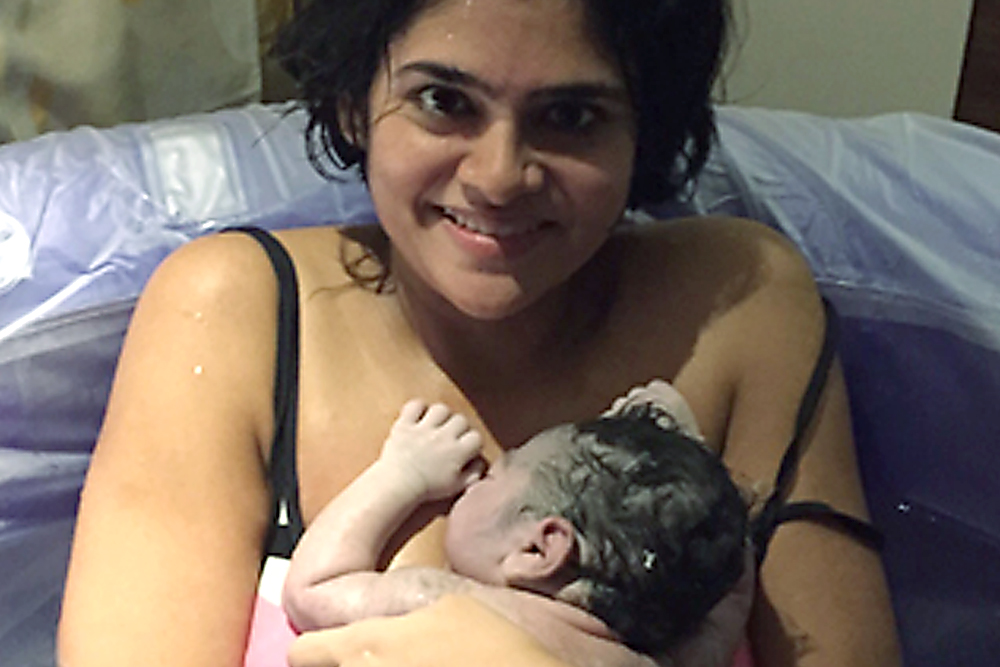Safety
For the Mother
Water births will be conducted in a private room of your choice, to ensure a feeling of comfort and homeliness. Our team of specialists ensures the room is made up to meet your requirements. You can choose anything from aromatherapy to soft soothing music. The choice of who you want in the room is yours.
The mother and baby are monitored diligently and at the slightest sign of distress, she will be asked to leave the pool for further assessment.
Medical interventions and other birthing options are also available incase the mother changes her mind or the process is not working out as she expected. Expert care for the mother and baby are our priority in all birthing.

For the Baby
- It is smooth transition from Amniotic to sterile fluid at the same temperature.
- The mother secretes a hormone through the placenta called Prostaglandin E2, 24 – 48 hours before birth that stops the baby’s breathing movements before, during and right after. The baby’s oxygen is supplied through the umbilical cord. As long as the cord is not cut or clamped the baby will continue to rely on the placenta for its oxygen supply.
- The baby’s lungs contain hypertonic fluid, which is dense compared to hypotonic solution such as water. Due to the difference in the density and consistency of the fluids, water cannot enter the baby’s lungs.
- The Baby’s larynx or voice box in the throat plays an important protective role called the DIVE REFLEX. The larynx has several chemoreceptors (taste buds) on its surface, so when fluid enters the mouth and passes through the larynx, the body decides which passage to take. It is this exact reflex that prevents babies from breathing underwater. So if water entered the baby’s mouth, the body would reflexively swallow rather than inhale it. This reflex helps in breastfeeding.


